a few trees in Italy
davidrt28 (zone 7)
9 years ago
Related Stories
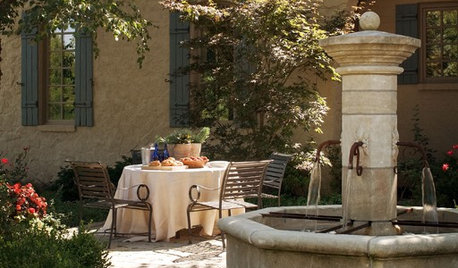
DECORATING GUIDESBring a Taste of Italy Home With 12 Design Touches
No vacation plans abroad? You can still get the feel of old-world Italy with these ideas from an Italian designer
Full Story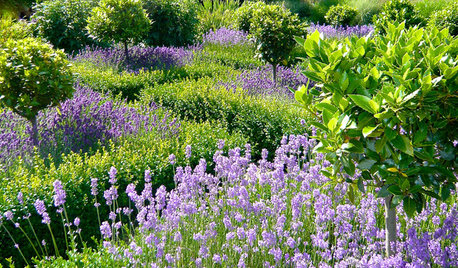
LANDSCAPE DESIGNBring a Touch of Renaissance Italy Into Your Garden
Italian gardens of the period are famed for their beauty. Here are classic design elements you can borrow for your own space
Full Story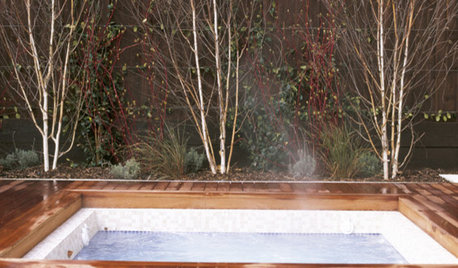
DREAM SPACESJust a Few Things for the Dream-Home Wish List
A sunken hot tub, dedicated game room, tree house, hidden wine cellar and more. Which of these home luxuries would you like best?
Full Story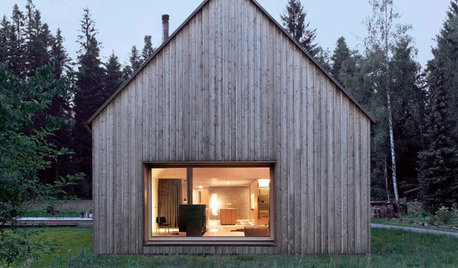
MOST POPULARA Few Words on the Power of Simplicity
An architect considers a pared-down approach to modern home design
Full Story
EVENTSTile Goes High Tech at Italy's Big Expo
Cutting-edge methods are creating tile looks from handmade to avant-garde, as seen as CERSAIE 2013
Full Story
BATHROOM DESIGN10 Bathroom Standouts From Italy's Big Expo
Sleek finishes, high-tech fixtures and more. Discover some of CERSAIE 2013's best and brightest bathroom offerings
Full Story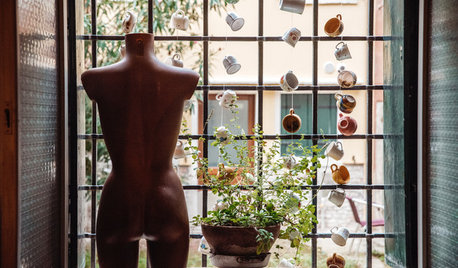
HOMES AROUND THE WORLDMy Houzz: In Italy, a Kind of Design Poetry Amid Books and Mannequins
This Venetian writer-professor’s apartment is its own magical universe of objects, creativity and memories
Full Story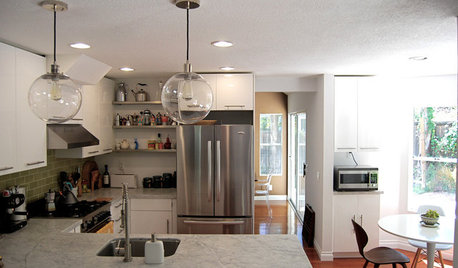
HOUZZ TOURSHouzz Tour: Life in Italy Inspires a California Renovation
Carrara marble countertops, colors from nature and midcentury modern style feature in a Cape Cod–style home's makeover
Full Story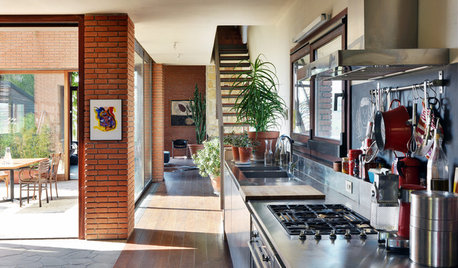
HOMES AROUND THE WORLDHouzz Tour: Barn Style Gets a Modern Update in Italy
Traditional architecture combines with contemporary features in a vacation house designed for indoor-outdoor living
Full Story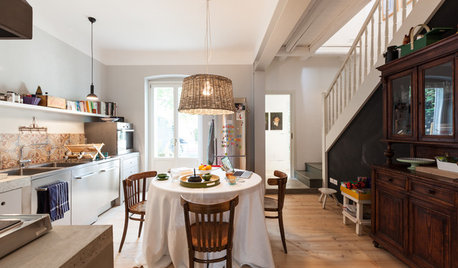
HOMES AROUND THE WORLDHouzz Tour: In Northern Italy, Vintage Patina and Industrial Chic
An architect renovates his family’s century-old home with original materials and an updated design
Full StoryMore Discussions








RugbyHukr
georgeinbandonoregon
Related Professionals
Edmond Landscape Architects & Landscape Designers · Forest Acres Landscape Architects & Landscape Designers · Kyle Landscape Architects & Landscape Designers · Palm Springs Landscape Architects & Landscape Designers · Salem Landscape Contractors · Bridgeport Landscape Contractors · Paterson Landscape Contractors · Wailuku Landscape Contractors · Markham Landscape Contractors · Kansas City Siding & Exteriors · Wilmington Siding & Exteriors · Bonita Decks, Patios & Outdoor Enclosures · New Albany Decks, Patios & Outdoor Enclosures · Saint Louis Park Decks, Patios & Outdoor Enclosures · Springfield Decks, Patios & Outdoor Enclosuresdavidrt28 (zone 7)Original Author
georgeinbandonoregon
Embothrium
georgeinbandonoregon
Embothrium
georgeinbandonoregon
davidrt28 (zone 7)Original Author
davidrt28 (zone 7)Original Author
Embothrium
davidrt28 (zone 7)Original Author